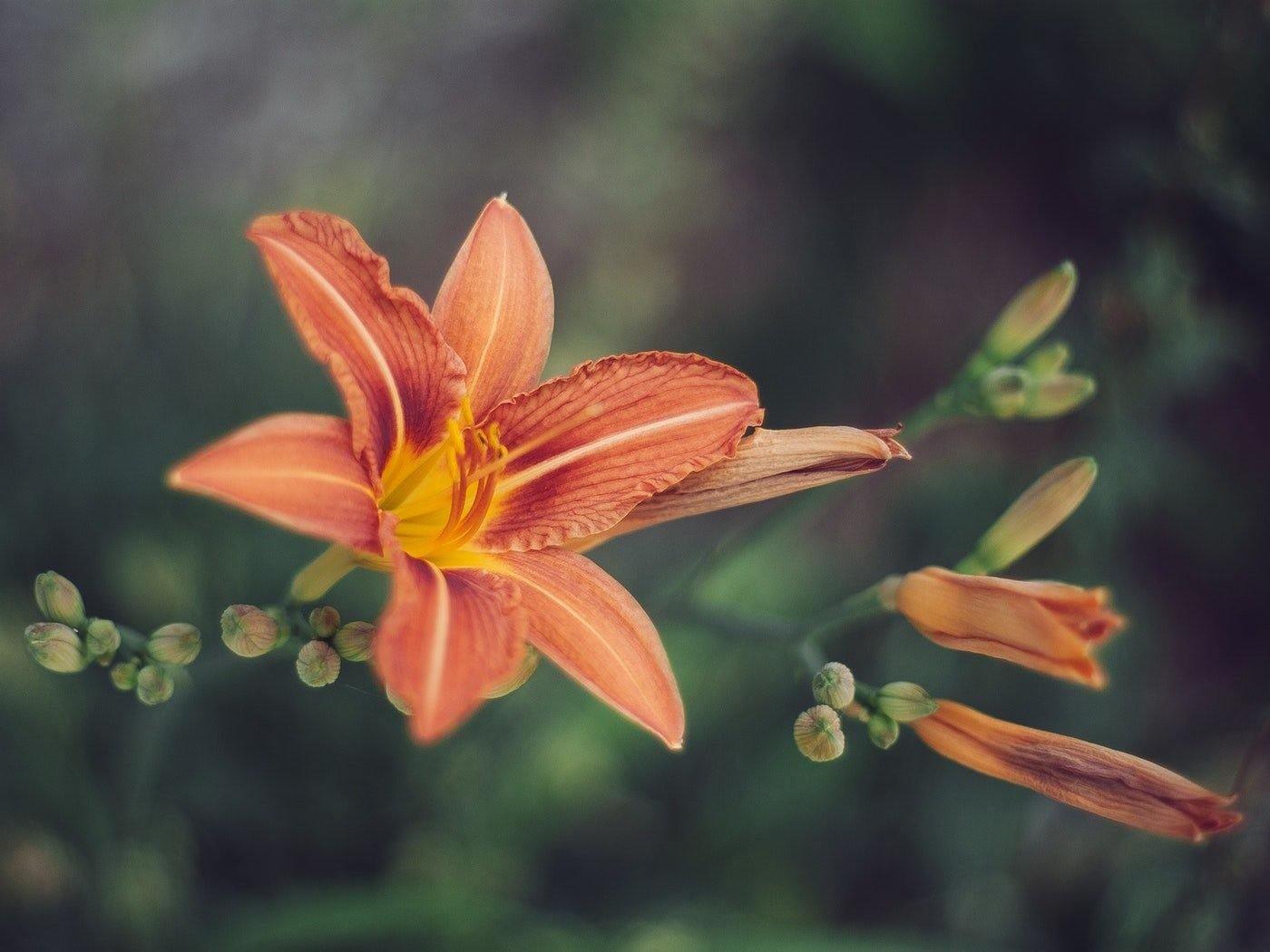Steeped in symbolism, the lily is significant in many cultures around the world. As you might expect, their meaning shifts in every culture. Lilies are widely used for weddings, funerals, holidays and special occasions and they have different associations in every context in which they’re found. Even the different lily colors mean something specific. So before you bring your next lily home, learn a bit about what the lily, in all its varied colors, means.
The Lily in History and Mythology
If you admire the graceful symmetry of the lily, you are not alone. Lilies have an incredibly long history of being admired. Elizabeth Silverthorne writes that the Madonna lily might actually be “the oldest domesticated flower.” It can be found on vases and wall paintings from Crete and Minos.
The lily’s religious significance is no less ancient. There’s a Jewish tradition that lilies were formed when Eve’s tears fell to the ground as she was expelled from the Garden of Eden. Lilies were also associated with Ishtar, the Babylonian and Assyrian virgin goddess of fertility.
According to Greek mythology, lilies were formed from drops of milk from the breast of Hera, queen of the gods and goddess of marriage, family, home and hearth. The rest of that myth is much less lovely (trying to force your wife to breastfeed a child not her own by waiting until she’s asleep is a terrible idea, Zeus), but the lily is certainly not responsible for that.
Ovid’s Metamorphosis tells the story of the goddess Juno (the Roman counterpart to Hera), who wanted to become pregnant without the help of her husband Jupiter (the Zeus of the Roman pantheon) because she was angry that he had had a child (Minerva) without the help of a woman. She asked Flora, the goddess of flowers, for a solution. Flora gave her a lily and when she touched it, she became pregnant with Mars.
Perhaps most famously, the Christian religion adopted the lily and its association with virgin goddesses, incorporating it into legends of the Virgin Mary. Marcia Reiss explains that in Christian tradition, Mary was taken bodily up to heaven and when her grave was visited, it was “empty save for roses and lilies.” The lily is often found in Christian paintings and in iconography of Mary from ancient times to the present day.
The Lily’s Many Meanings
Lilies are perhaps best known for their association with funerals. In Christian tradition, flowers were associated with the resurrection of Jesus and therefore with rebirth, so it’s not very surprising that they became a standard flower to send or display after a person had died. They’re thought to represent the innocence that the deceased has lost in life but regained in death.
In Victorian England, the lily was closely associated with death, but perhaps as much for pragmatic reasons as for spiritual ones. Since people would die and remain at home until their funerals, the lily’s strong scent was a logical and popular choice for a funerary flower.
It’s not been all doom and gloom for the lily, though. Perhaps because of its religious associations, there’s a strong cross-cultural tendency to use lilies at weddings. Reiss says that ancient Greek and Roman brides would wear crowns of lilies as signs of purity and fertility.
Lilies are also a popular choice for weddings in China. They represent women, beauty, purity and motherly love and were traditionally thought to bring the couple sons. Polynesian weddings feature lilies, as well – Eleni Gage explains that couples have their hands bound with garlands of their leaves, which traditionally “drive off evil spirits and invite kind ones.”
Finally, they’re the flower of 30th anniversaries, signifying devotion.
The Meaning of Different Lily Colors

Each color of lily has a rich history behind it, too. These are just some of the more common qualities lilies are associated with:
Orange Lilies
Orange lilies, and particularly tiger lilies, have associations with pride, assertiveness, confidence and wealth.
Pink Lilies
Pink stargazer lilies are symbolic of plenty, abundance, prosperity and wealth.
Purple Lilies
Usually associated with royalty, purple is the color of prestige. Purple lilies carry that on, symbolizing privilege, admiration, success, accomplishment and dignity.
Red Lilies
Like most red flowers, red lilies evoke love, desire and passion.
White Lilies
The white lily is also known as the Madonna lily because of the long Christian association of the flower with the Virgin Mary. This color usually represents purity and innocence.
Yellow Lilies
Yellow means gratitude, friendship, happiness and enjoying the good things in life.
Now that you can impress people with your knowledge of this beautiful species, it’s time to choose the right one. Lilies make a foolproof gift on their own and a crowning addition to any special arrangement. Give your next gift of lilies an extra special meaning by choosing the exact right color to say what you feel.
featured image: Paolo Durandetto; image 1: Daniel Spase
